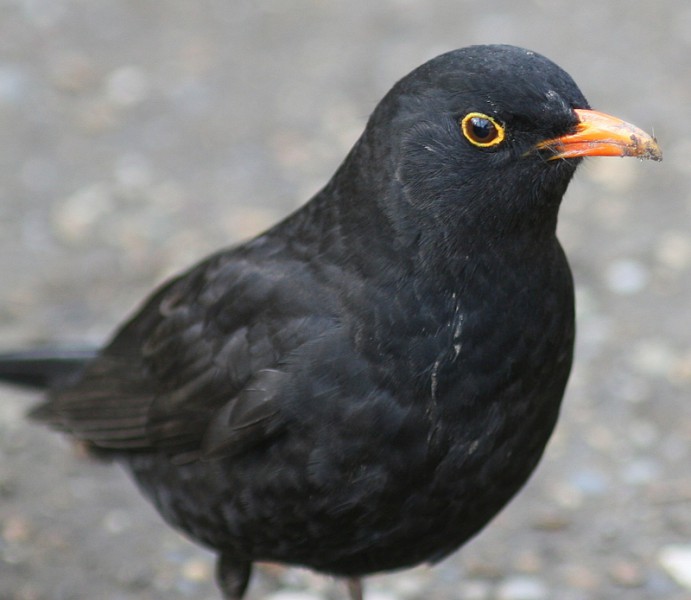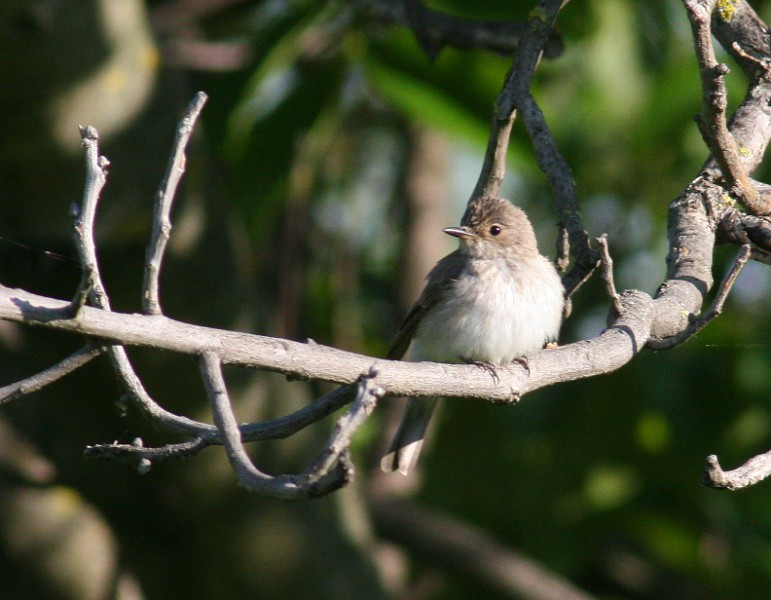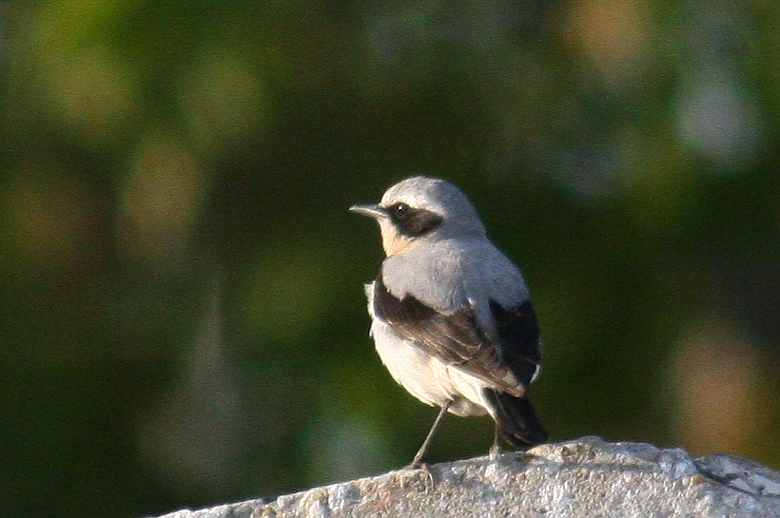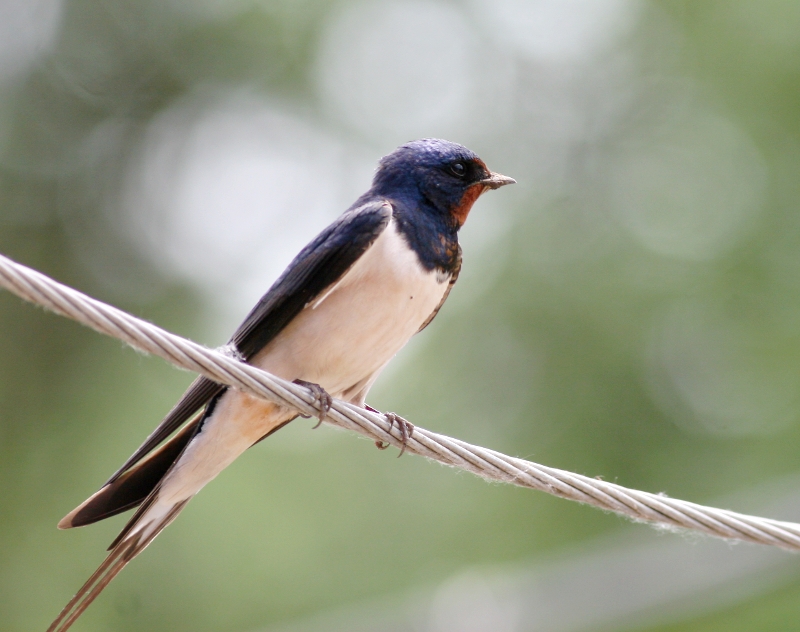Garden birds May 2014
Last update:06/06/2014
I going to update this post several times in order to make the post more complete. I collect typical garden birds of Hungary.
I thought to write on the blog a bit about some garden birds. I don’t really write much here, I though I start to write here more as well.
I put some nest boxes out in the garden, with moderate success. There are different types of them depending the dimensions of the entry hole. The smallest boxes is for smallest birds like wren or blue tit. Wren is not really occur in the garden. Wrens like relatively more abandoned areas near the water. I saw blue tits several times in the garden but not very often like Green finches, Blackbirds, House sparrows, Redstart or Collared doves. The bigger boxes is for Woodpeckers with bigger openings and there are some boxes in between. I put the boxes out before Spring.
 There are some nestling in the garden but not in the boxes. A young blackbird almost flies to my head. Younger birds are much easier to photograph. The constant voice helps to find them. The pictures are not top quality because I made them with Canon 200mm f/2.8 lens with two converters attached, this is my “lazy” setup 560mm f/8 equivalent, which is quite long. I can make pictures of small birds from 15-20m, bigger sized birds even from longer distances. Focusing is not so easy from bigger distances especially in front of busy backgrounds. The long distance allows to frame pictures closer than with 300 or 400mm lenses. I also put a place with water for the birds to bath. This place is very popular in dry seasons. The birds use the water to get rid of small creatures eat their feathers.
There are some nestling in the garden but not in the boxes. A young blackbird almost flies to my head. Younger birds are much easier to photograph. The constant voice helps to find them. The pictures are not top quality because I made them with Canon 200mm f/2.8 lens with two converters attached, this is my “lazy” setup 560mm f/8 equivalent, which is quite long. I can make pictures of small birds from 15-20m, bigger sized birds even from longer distances. Focusing is not so easy from bigger distances especially in front of busy backgrounds. The long distance allows to frame pictures closer than with 300 or 400mm lenses. I also put a place with water for the birds to bath. This place is very popular in dry seasons. The birds use the water to get rid of small creatures eat their feathers.
Blackbird – Turdus merula
The blackbird is one of the most common bird in Hungary. This specie formerly was a migrating bird, but seems this is changed. The birds in the cities perhaps the easiest to photograph even from several meters. In Spring like to sing in the rooftops or electric poles in the suburbs.

The photo was made with a Canon 200mm f/2.8L lens+1.4Kenko dgx converter at f/4 wide open. Sometimes birds with white color also can appear. The birds outside of the city are much more “wild” hard to approach them unlike the ones in the city. Blackbird fond of fresly cutted grass, they immediately occur after cutting looking for worms. The young birds are spotted on the chest, and even more “friendly” than the old ones. The plumage of the young bird is brownish usually.
____________________________________________________________________
Common nightingale – Luscinia megarhynchos
 The nightingale is a tricky specie to photograph. Although his distinctive strong voice makes clear where the bird is, it is very hard to make a good photo of the bird, because usually the bird is hiding. Sometimes like on the photo the bird feel safe and go out of the bushes or tree and goes out for some singing. As the name of the bird refers to it this bird can sing anytime nighttime included. The bird has brown colour, but little reddish at the tail. Last March it was very cold in Hungary, 2m snow fell and a lot of birds could not survive. I was very concerned about the Nightingale, but it appears that they managed to survive. There is an another specie, the Thrush Nightingale or Sprosser – Luscinia luscinia which is quite similar bird but little bigger, and has darker plumage. Unfortunately the latter bird is quite rare in Hungary, more common in the Northern part of Europe.
The nightingale is a tricky specie to photograph. Although his distinctive strong voice makes clear where the bird is, it is very hard to make a good photo of the bird, because usually the bird is hiding. Sometimes like on the photo the bird feel safe and go out of the bushes or tree and goes out for some singing. As the name of the bird refers to it this bird can sing anytime nighttime included. The bird has brown colour, but little reddish at the tail. Last March it was very cold in Hungary, 2m snow fell and a lot of birds could not survive. I was very concerned about the Nightingale, but it appears that they managed to survive. There is an another specie, the Thrush Nightingale or Sprosser – Luscinia luscinia which is quite similar bird but little bigger, and has darker plumage. Unfortunately the latter bird is quite rare in Hungary, more common in the Northern part of Europe.
Spotted flycatcher – Muscicapa striata

Wheatear – Oenanthe oenanthe
The wheatear is not really a garden bird, but I thought can be interesting. I don’t see this bird very often. It is not a rarity but not a very common bird either in Hungary.

Common wood pidgeon – Columba palumbus

Barn swallow – Hirundo rustica
The barn swallow is a typical bird of Hungarian villages. The Barn swallows usually nest in human settlements, in nests made of mud on the walls or under the roof of the houses, or agricultural buildings (barns). The barn swallow do not afraid very much of people, one pair is make their nest just above our heads, without caring too much we sitting under their nest. A very friendly bird, his nice voice always remind me the summer season. A Hungarian proverb say one swallow doesn’t make summer. Unfortunately the population of the swallows decreased significantly between 2001 and 2006.

The barn swallow usually arrive in Hungary in April. The birds usually stays in Hungary until September. Usually the birds have chicks two or maximum three times a year. There are usually 4-6 eggs in the nest. The chicks hatch from eggs after 14-16 days. The chicks need 18-23 days to leave the nest.
__________________________________________________________________________
Common Kestrel – Falco tinnunculus

Canon 200mm f/2.8+Canon 2xMk II+Kenko 1.4 dgx (560mm) f/20 ISO 800 1/1250s Canon 30D camera Shutter priority at 1/1250s not a best quality but compare to it was made with two converters stacked quite ok. For this shot a 600mm lens is needed if we want better quality, with very precise autofocus. The autofocus of the 200mm is superb even with this two converters attached, but it is not so ease to keep the camera steady and focus properly in the viewfinder and the subject is moving as well. The picture perhaps would be better at ISO 400, but shallower dof.
________________________________________________________________